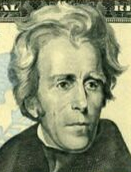November 7, 2020 (Saturday)
In 1828, as Andrew Jackson was running for president, someone called him a “jackass.” It amused him and he placed a drawing of a donkey on a campaign poster. In later years, the cartoonist,Thomas Nast (1840-1902), created many cartoons using the image of donkey to represent Jackson and Democrats.
When Lincoln was president, a saying among soldiers had developed about “seeing the elephant,” which was code for experiencing combat. Lincoln came to represent the war in the minds of people. He was the first Republican president, so all those streams of thought came together for the cartoonist, Nast, to draw elephants to represent the Republicans, and donkeys to symbolize Democrats. Cartoonists and others accept this symbolism and it seems to be here to stay.
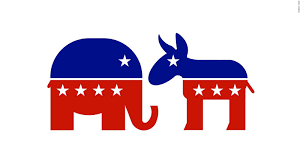
The first political drawing was a snake. It was done by Benjamin Franklin. The snake was cut into pieces and represented the separate colonies, soon to become states. “Join or Die” was the caption for the disjointed snake. Curiously, that crude drawing would probably fit well with today’s editorial cartoons.
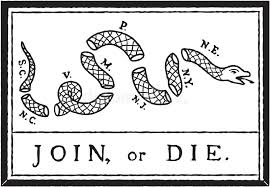
While the drawing of the snake of many parts is still famous today, it is Nast, and not Franklin, who is considered the father of the modern editorial cartoon.
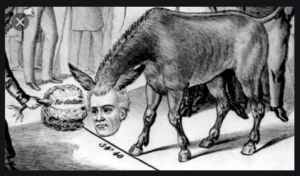
The first editorial cartoons seem to have included lifelike portraits of politicians, etc. (Andrew Jackson head on donkey’s body, as in the cartoon above). But the method of portraying prominent people evolved into caricatures, which exaggerate prominent characteristics of famous people. Modern Jackson caricature:
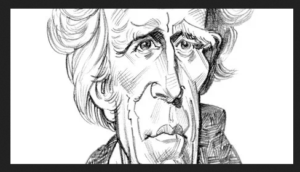
Caricatures are rarely, if ever, complimentary, but most people have learned to recognize the person being editorialized with imaginary portraits.
The real man (courtesy twenty dollar bill):
